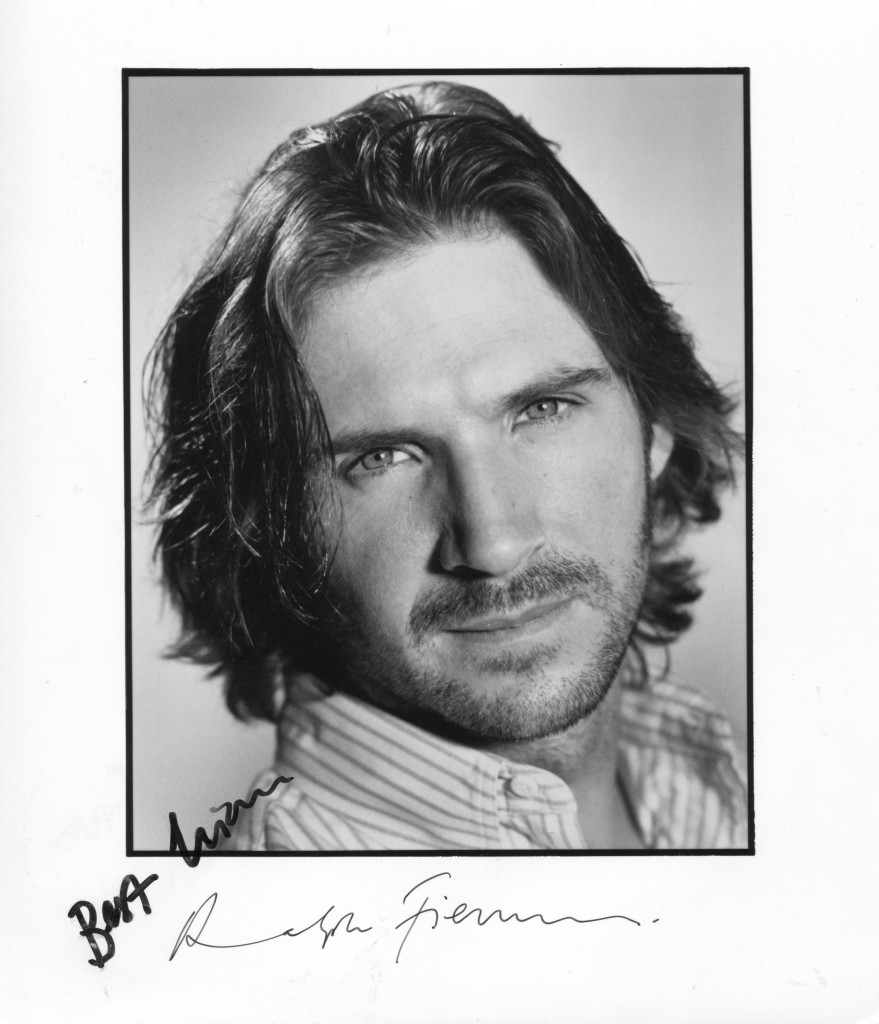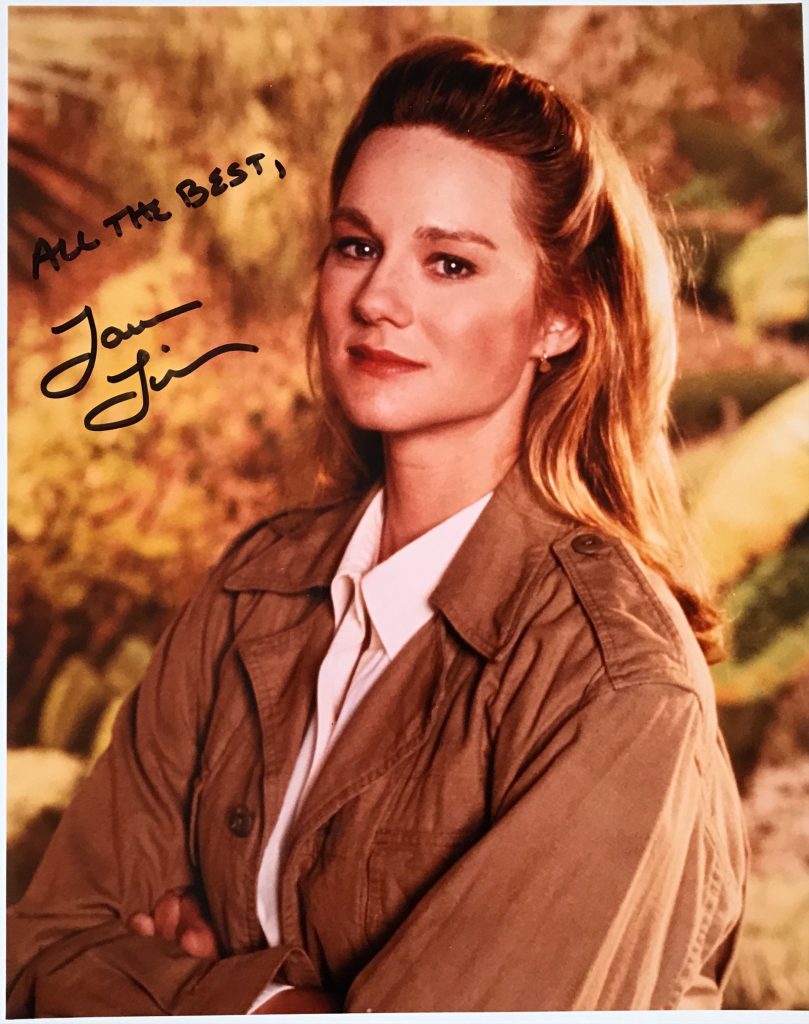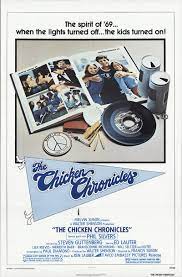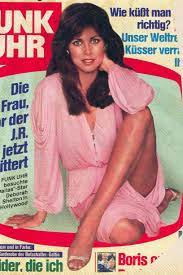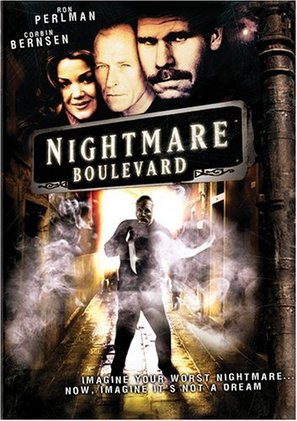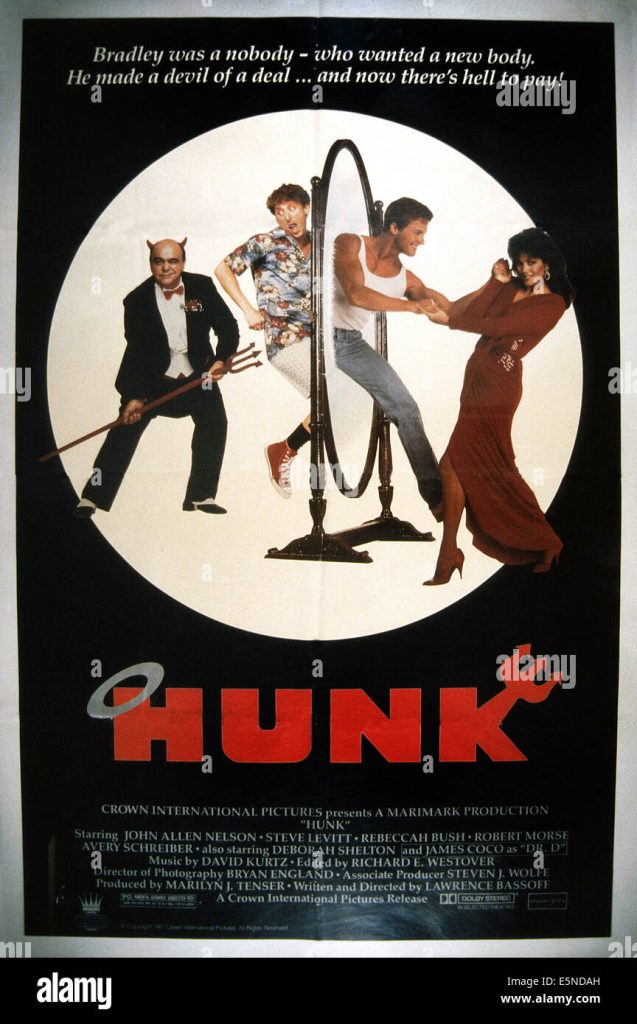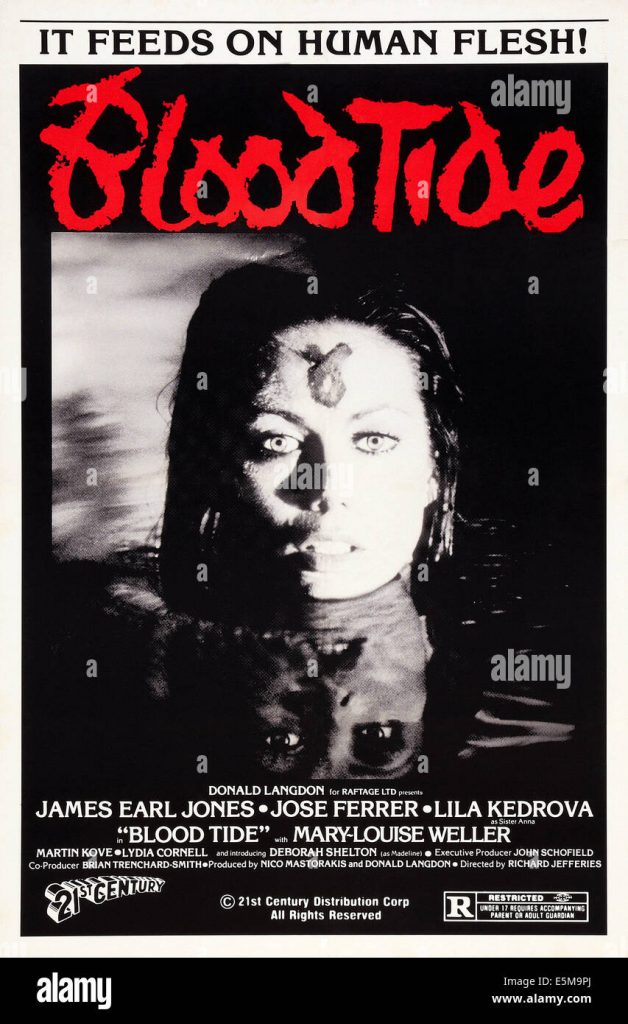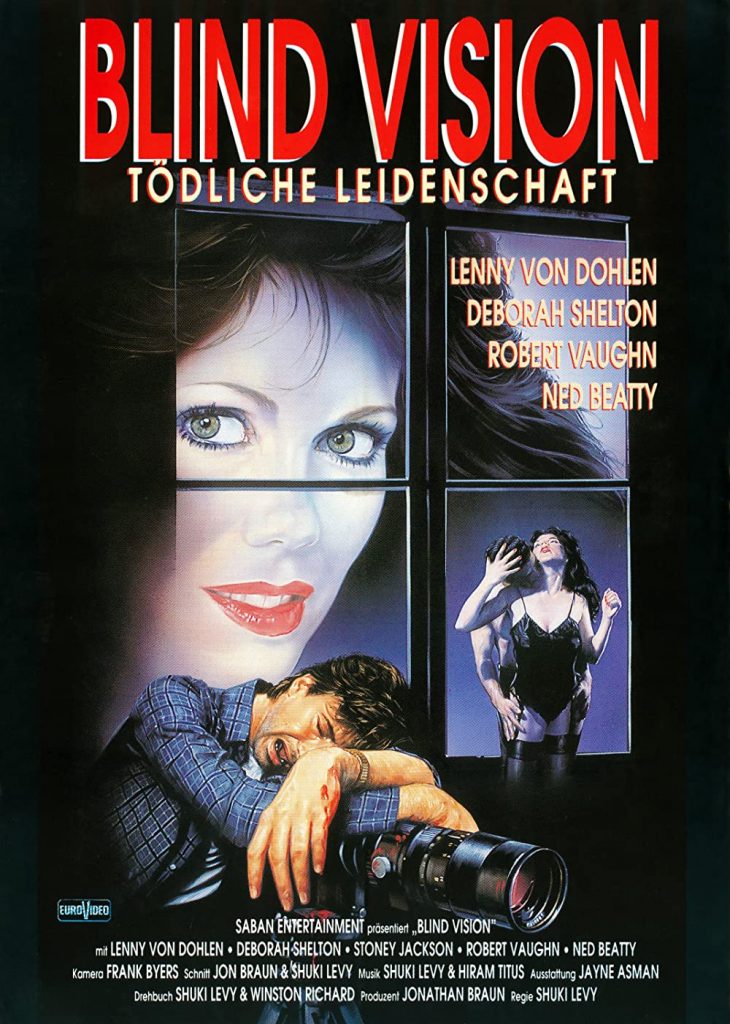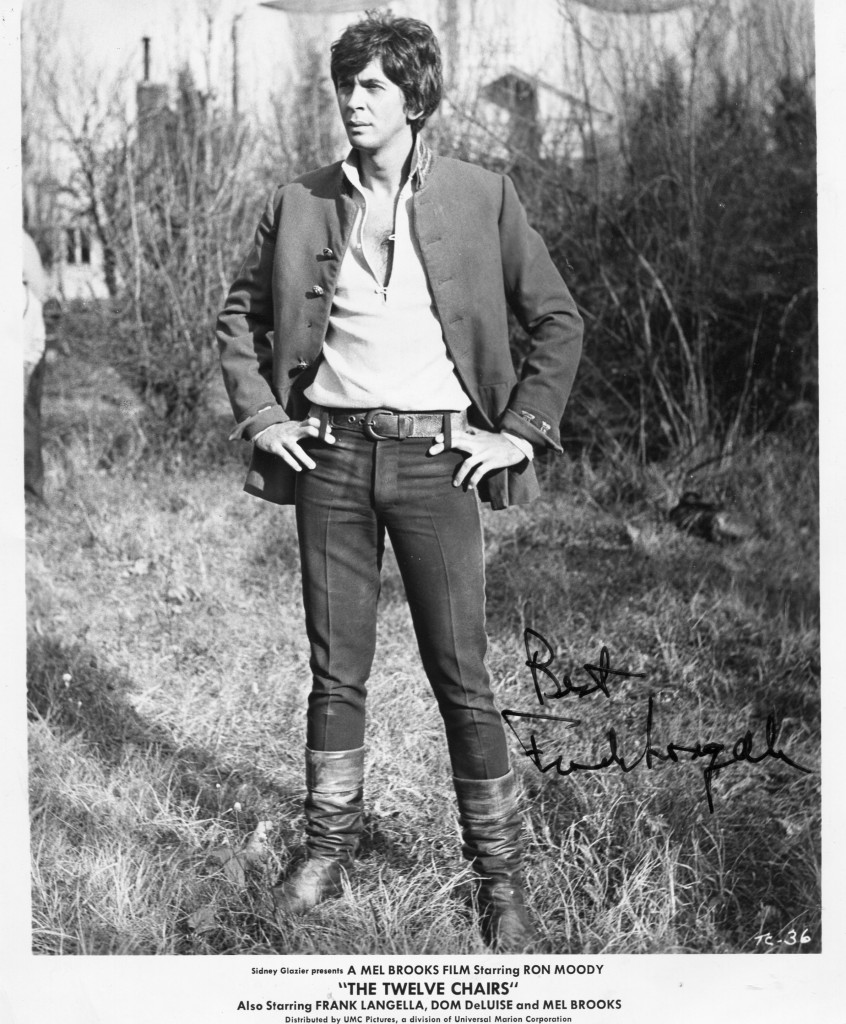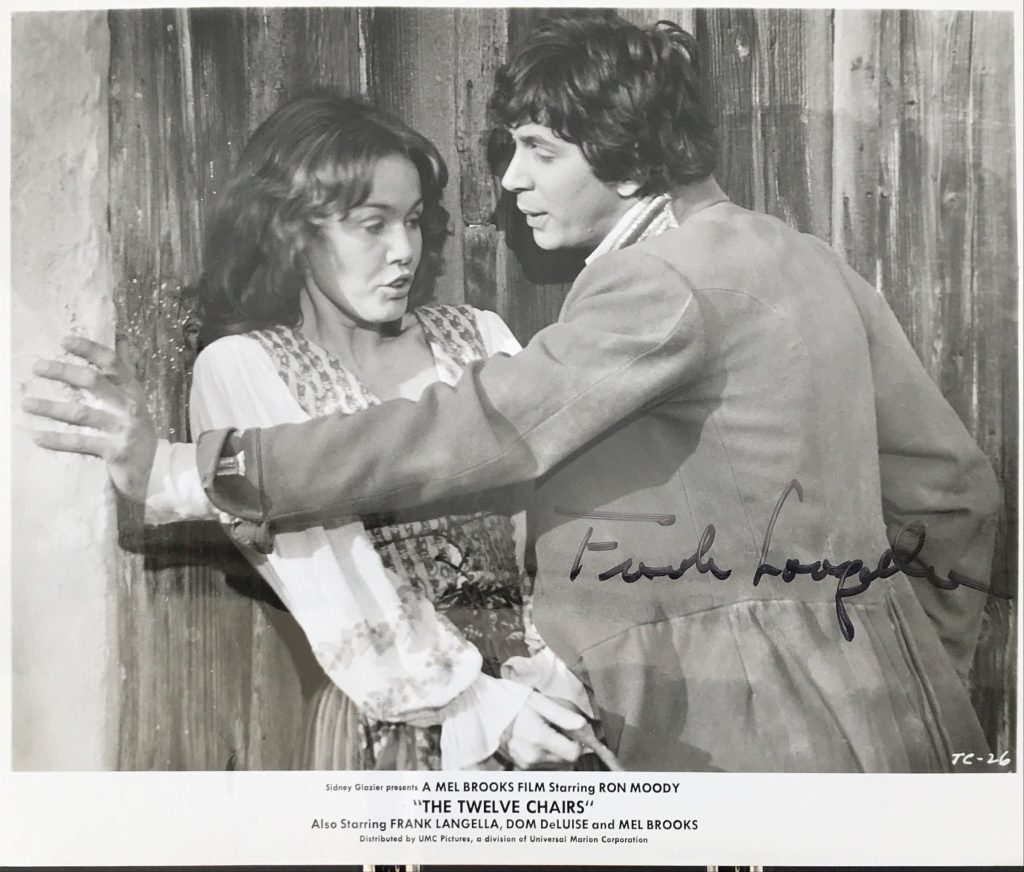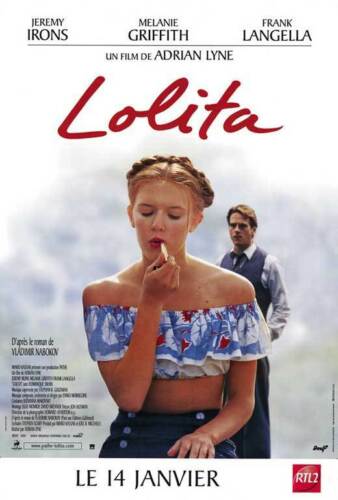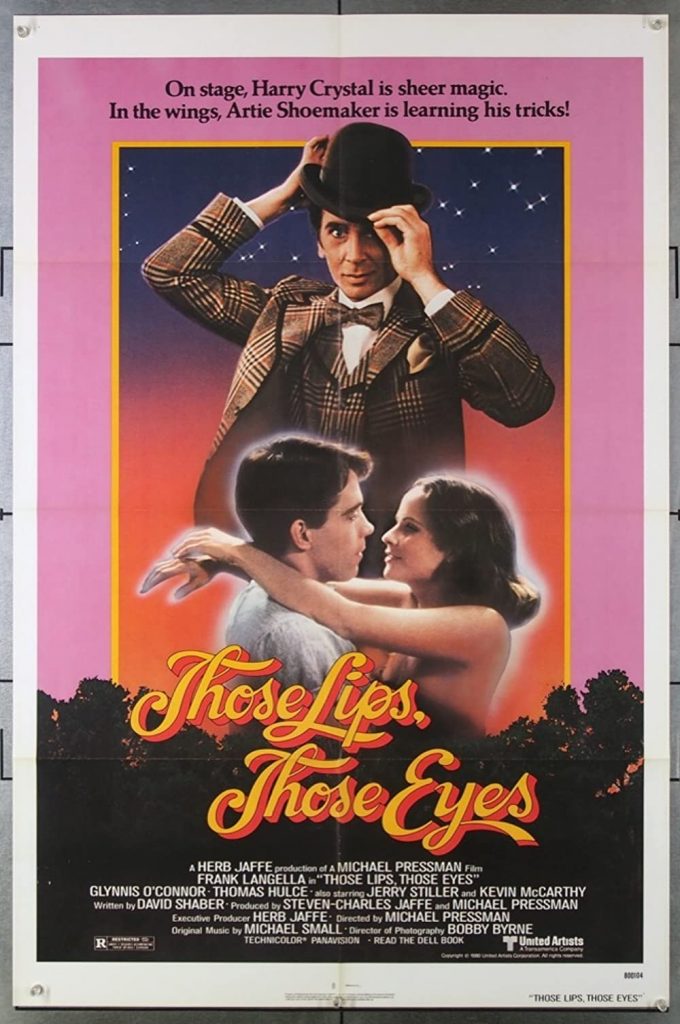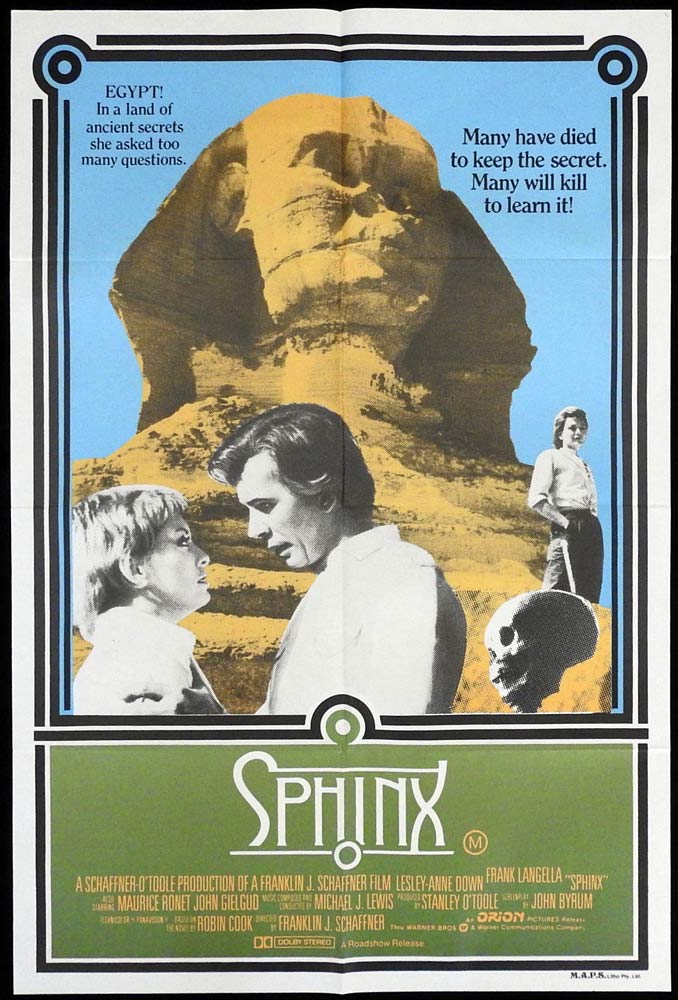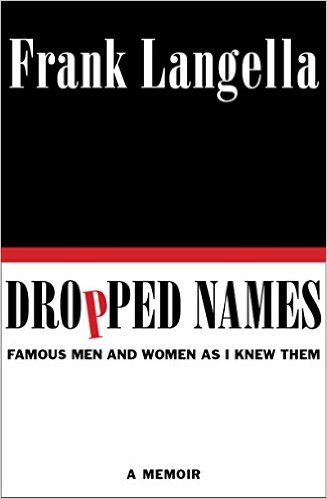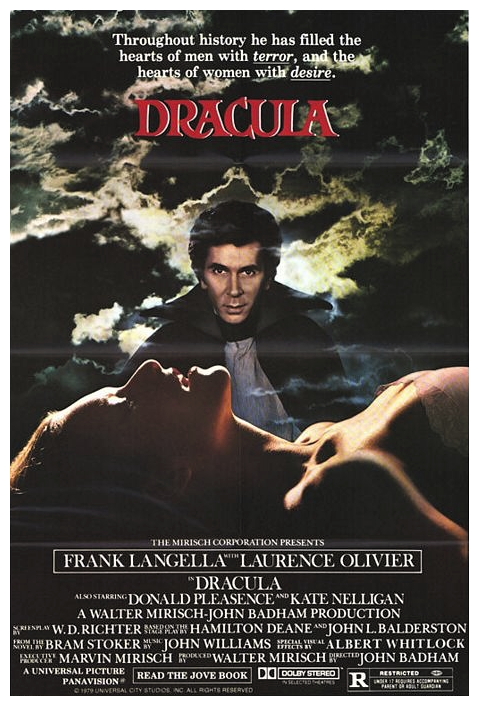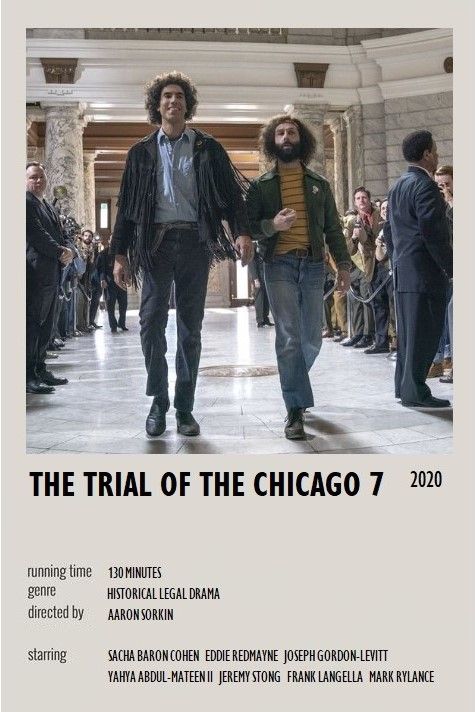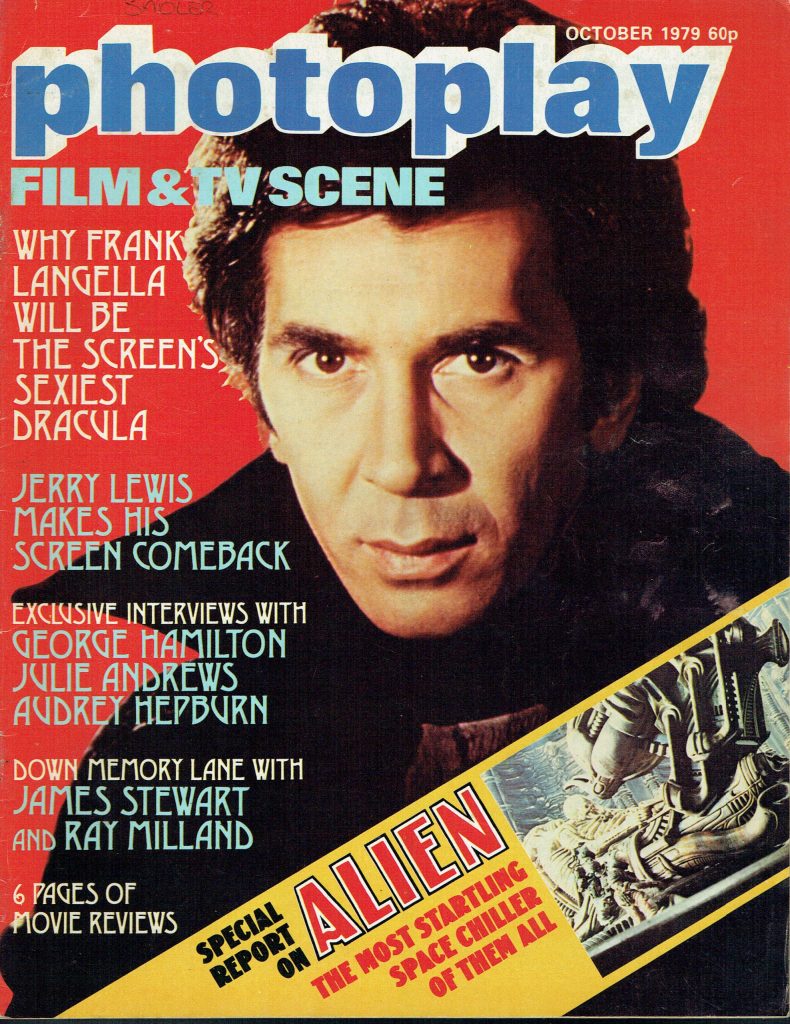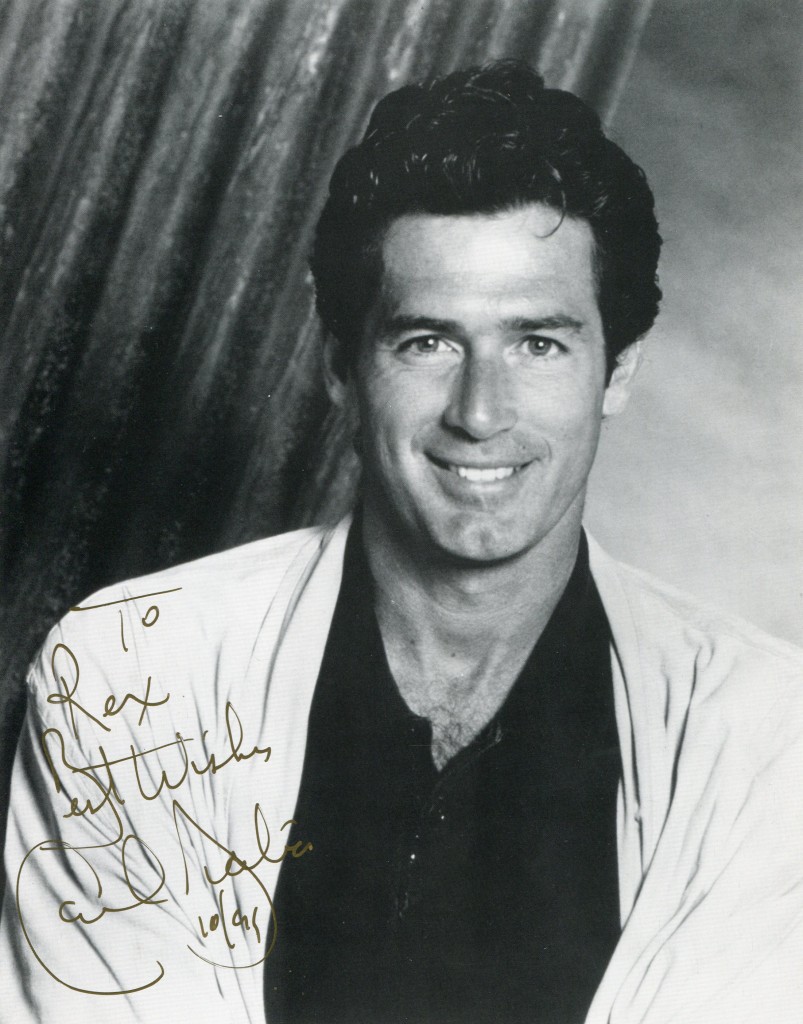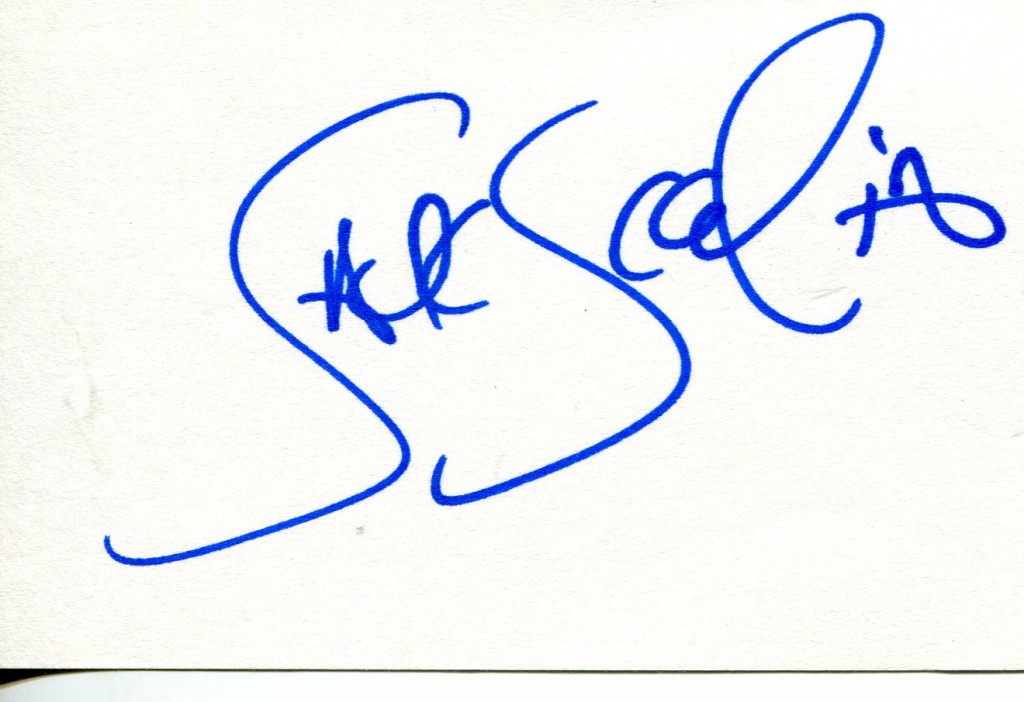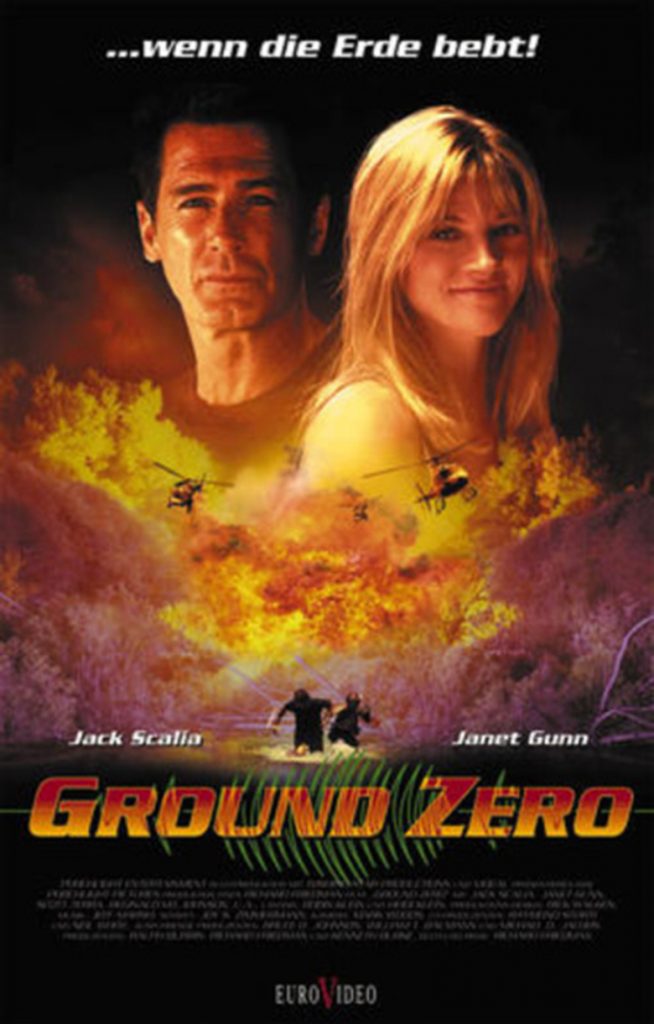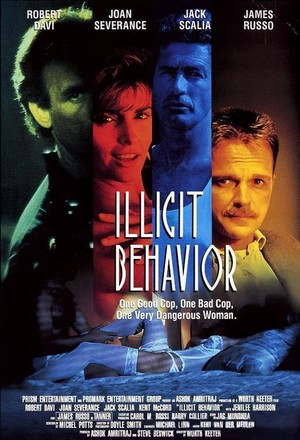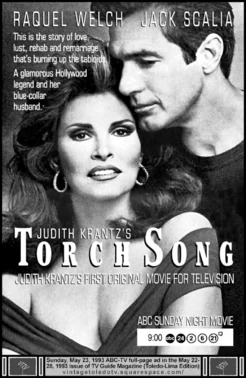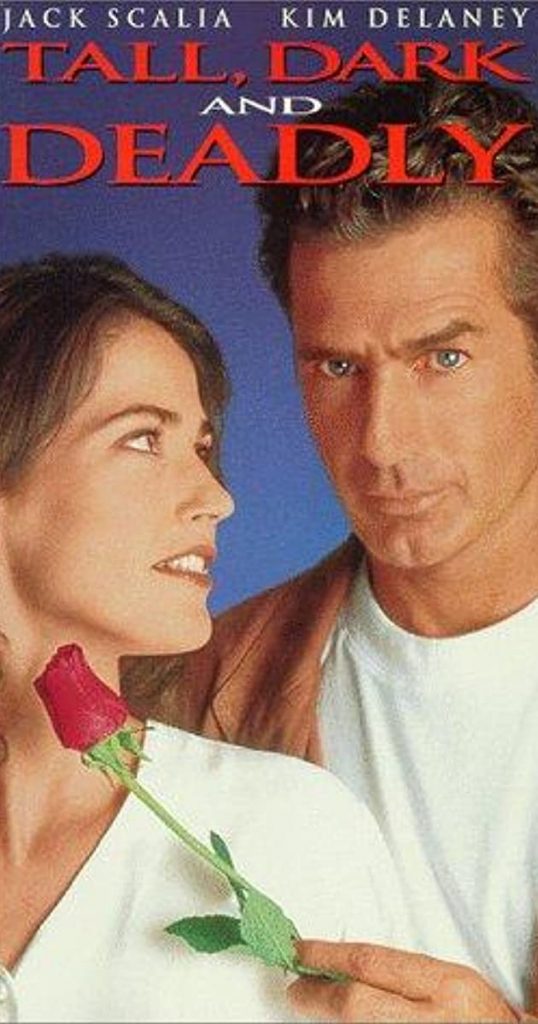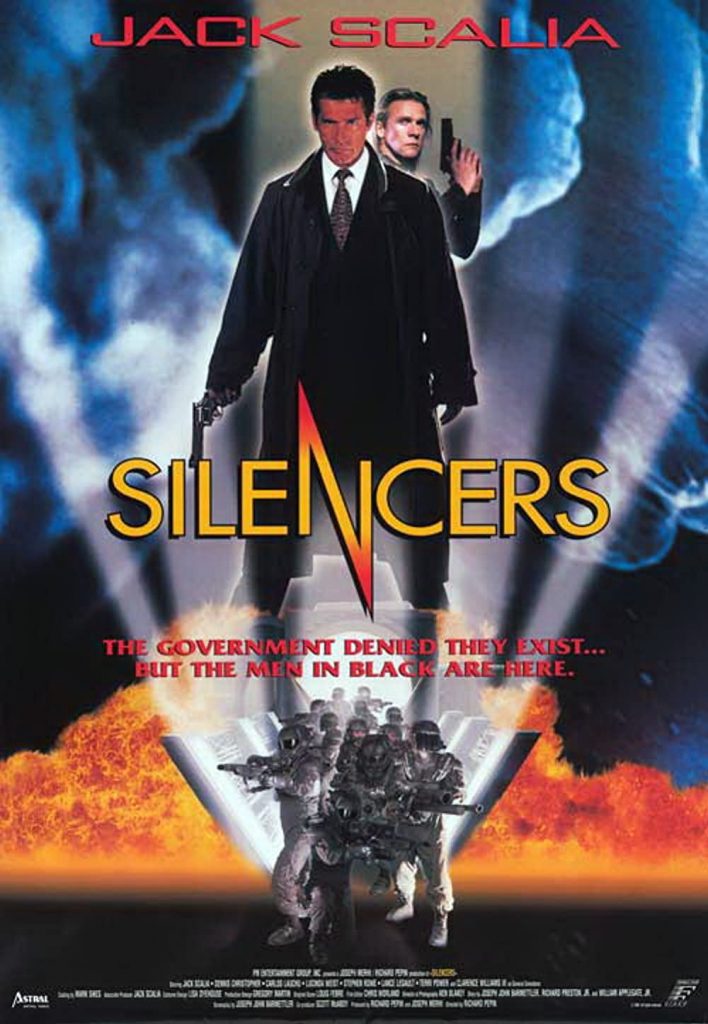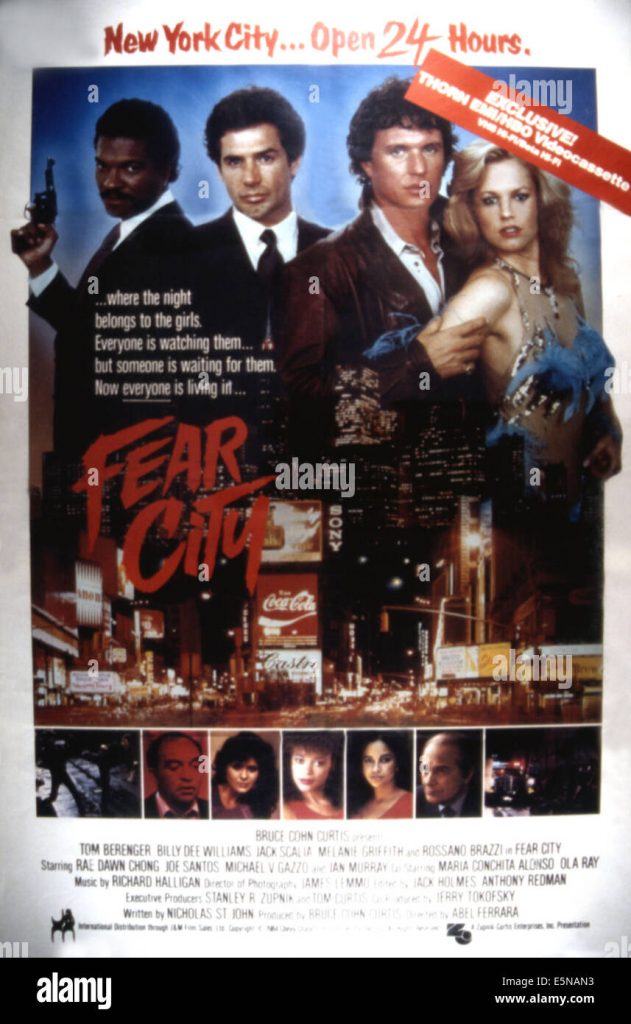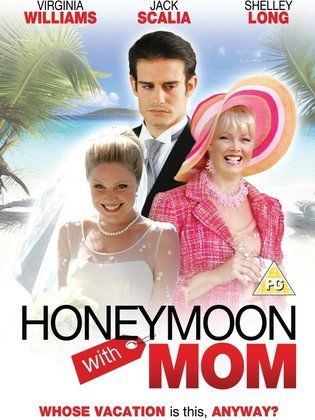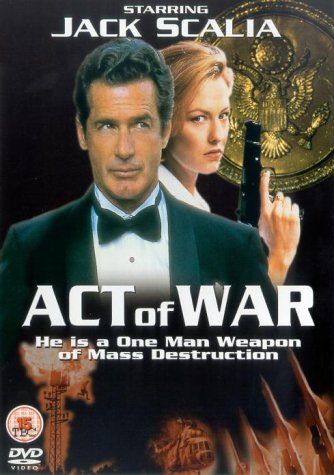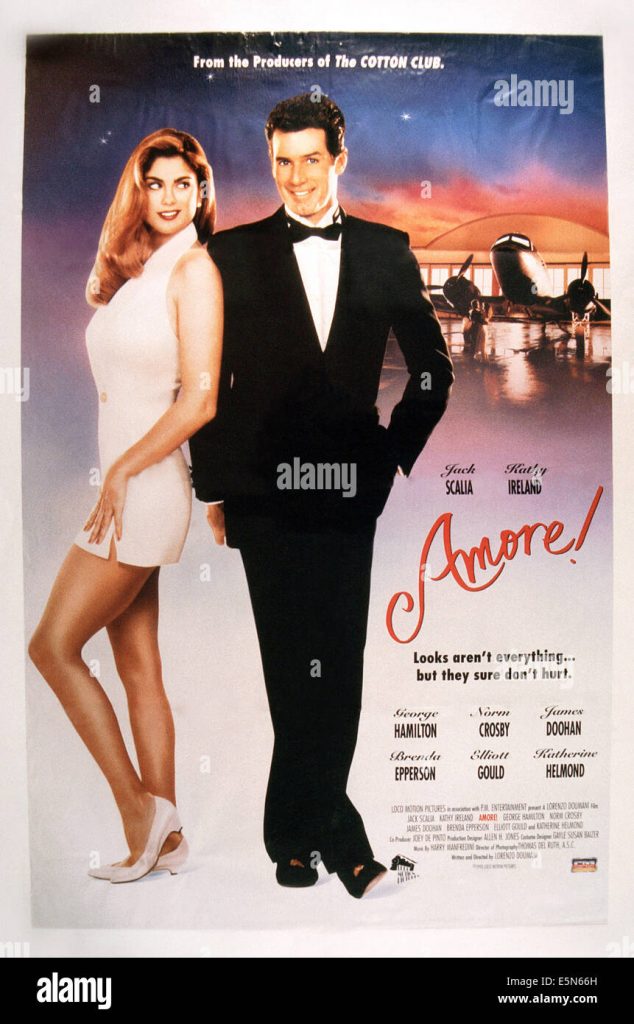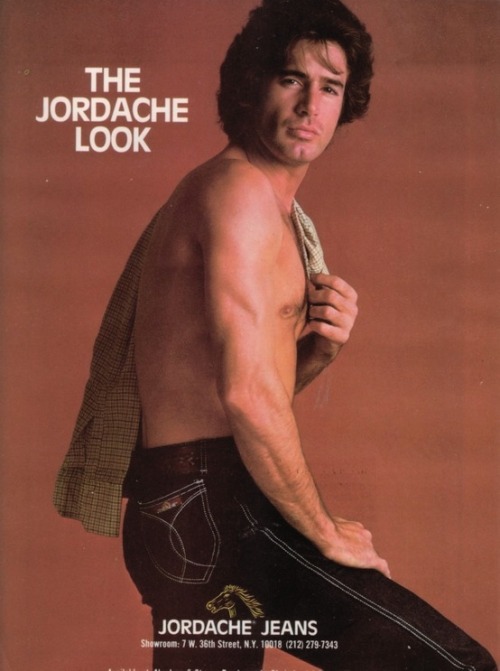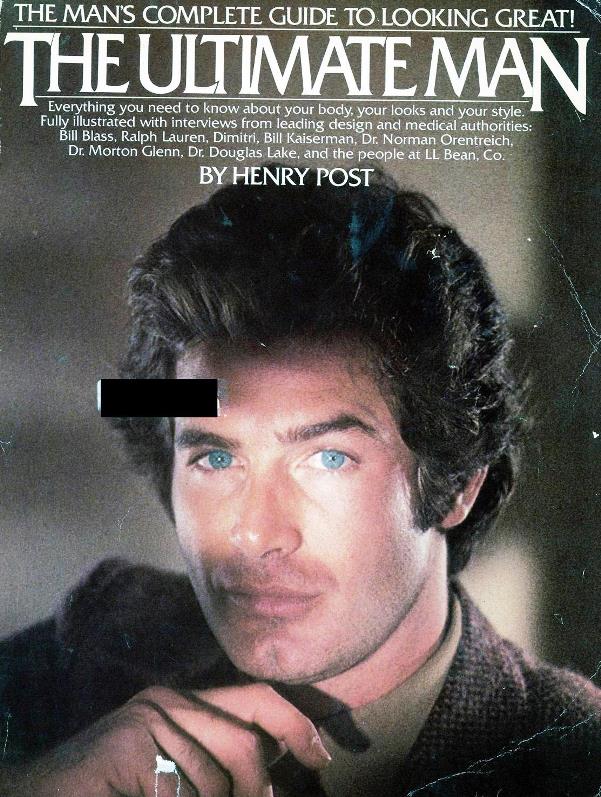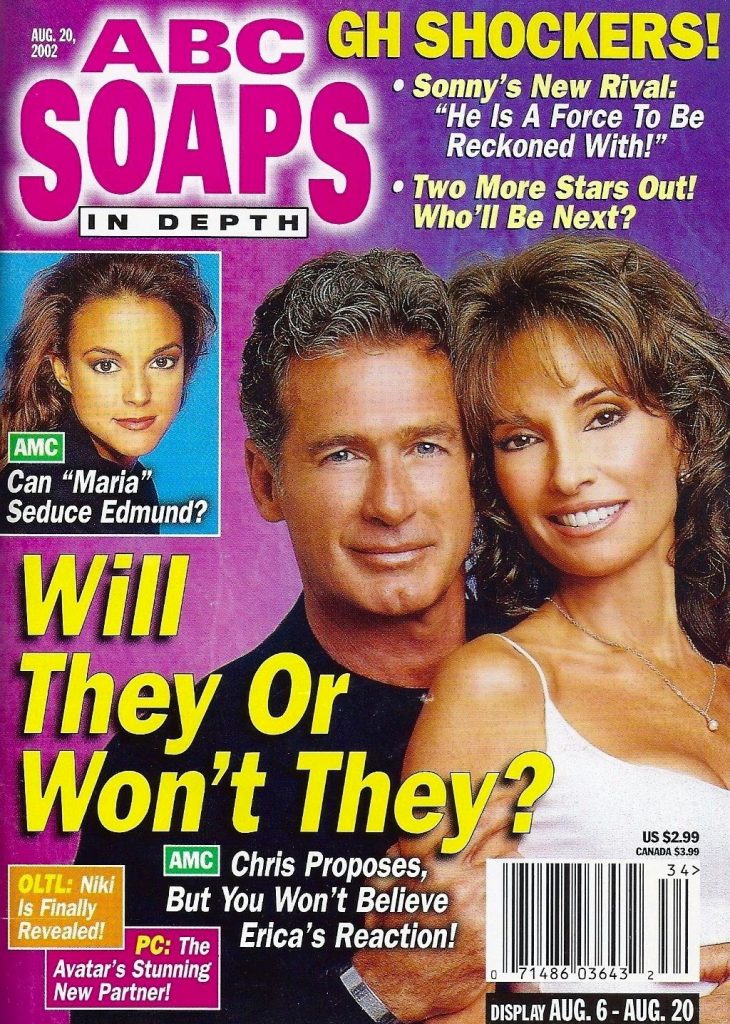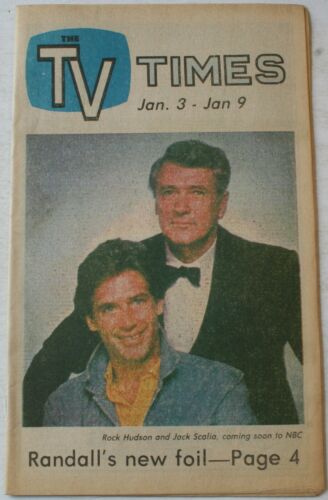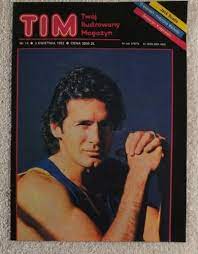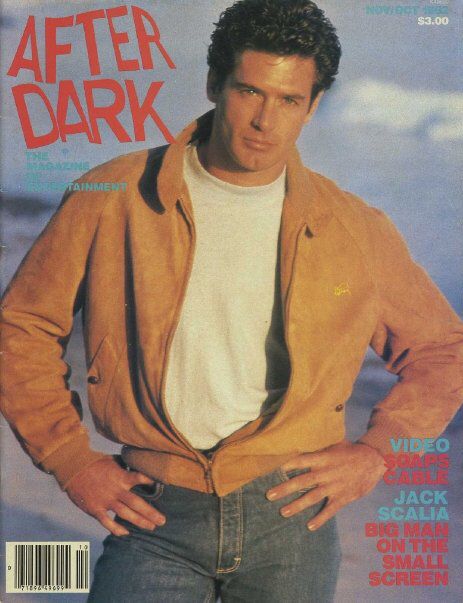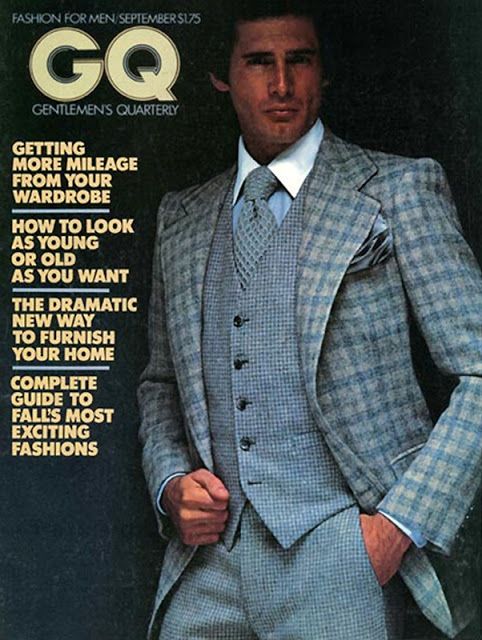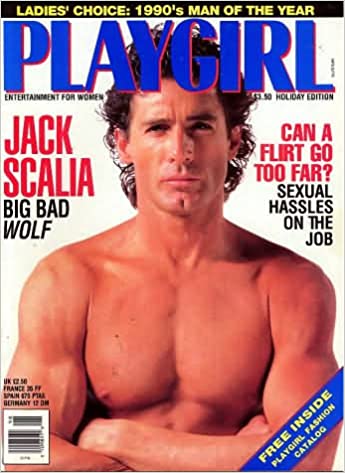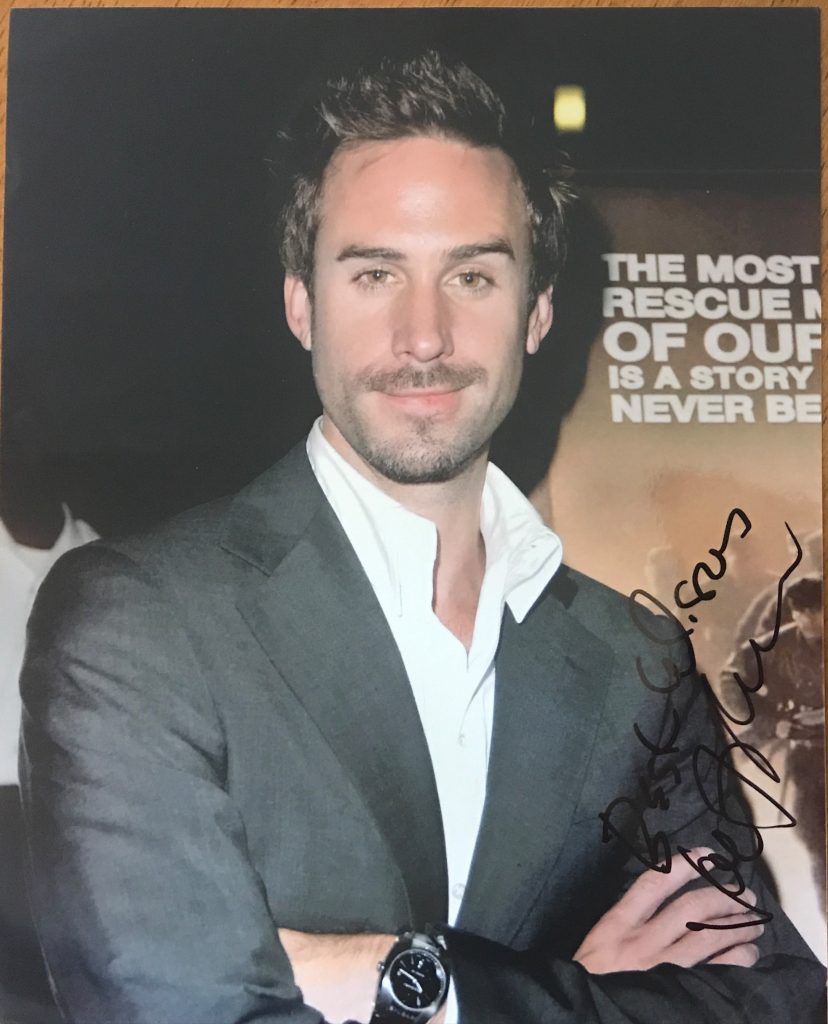
Joseph Fiennes was born in 1970 in Wiltshire. He is the younger brother of Ralph Fiennes. In 1973 he moved to Ireland with his family and was educated there for some years. His film debut was in 1996 in “Stealing Beauty”. His other films include “Shakespeare in Love”, “Elizabeth””Killing Me Softly” and “The Darwin Award
Despite the long shadow cast by his older brother, Ralph Fiennes, actor Joseph Fiennes carved out a comfortable niche in compelling independent and foreign features. Like many actors from England, Fiennes studied theater, particularly Shakespeare, where he delved into the finer nuances of his craft while performing the classics. He did struggle, however, in those early years, living hand-to-mouth while performing on the stage for the Royal Shakespeare Company. But he finally emerged to become an international star with his winsome portrayal of a young and lovesick Bard in “Shakespeare in Love” (1998). The Oscar-winning film propelled his profile into the stratosphere, giving Fiennes his pick of projects at that time. But instead of enhancing his newfound stardom, he followed his own path by returning to the stage while churning out a string of often little-seen independents, only to occasionally emerge in larger films like “Enemy at the Gates” (2001), “The Great Raid” (2005) and “Running with Scissors” (2006). Ironically, Fiennes often found himself accosted by the tabloid press for his exploits with various models and actresses, including Naomi Campbell and Catherine McCormack, despite being intensely private; perhaps a result of him casting off the typical trappings of being a successful and talented performer.
Born on May 27, 1970 in Salisbury, Whiltshire, England, Fiennes was the youngest of six siblings and one half of fraternal twins born to Mark, a farmer and photographer, and his mother, Jini (a.k.a. Jennifer Lash), author of The Burial (1961), The Dust Collector (1979) and Blood Ties (1998). The Fiennes family moved around the British Isles quite a bit, which included a stay in West Cork, Ireland. By his own count, Fiennes had changed schools some 14-odd times. When he was 16, he finished school and attended art college in Suffolk, only to switch to working at the National Theatre as a dresser and eventually performing with the Young Vic Youth Theatre. Fiennes received a grant to attend the Guildhall School of Music and Drama and after graduating in 1993, embarked on his performing career in earnest. He spent two seasons with the Royal Shakespeare Company, which proved to be a mixed blessing. While receiving excellent notices for his performances, including a portrayal of Jesus Christ in Dennis Potter’s “Son of Man” (1995), Fiennes was suffering financial distress, paying out more than he was taking in.
Despite the early struggle, he managed to advance his career with turns opposite Helen Mirren in “A Month in the Country” (1994) and Bernard Hill in “A View From the Bridge” (1995). He finally began to climb out from his doldrums with his television acting debut on “The Vacillations of Poppy Carew” (ITV, 1995), which he followed with a noted performance as a young gay man in Bernardo Bertolucci’s romantic drama “Stealing Beauty” (1996). Following well-regarded theatrical turns as Troilus in “Troilus and Cressida” (1996) and Silvius in “As You Like It” (1996), Fiennes gained some much-needed momentum when he landed leading roles in three high profile features. In “The Very Thought of You/Martha, Meet Frank, Daniel and Laurence” (1998), a low-budget comedy about three friends who fall for an American expatriate, he was cast as the sensitive Laurence, who passes his time teaching elderly women how to play bridge. He followed as Robert Dudley, Earl of Leicester, who is the childhood love of the eventual Queen of England (Cate Blanchett) in the somewhat controversial biopic “Elizabeth” (1998). In this version, directed by Shekhar Kapur, the relationship between the monarch and her favorite is depicted as a carnal one, which belied the established history.
Fiennes was launched to international stardom with his next film, “Shakespeare in Love” (1998), in which he played a lovesick William Shakespeare struggling to write “Romeo and Ethel, the Pirates Daughter” while embarking on a forbidden love with the daughter (Gwyneth Paltrow) of a wealthy merchant. Written by acclaimed playwright Tom Stoppard, “Shakespeare in Love” won a surprise Academy Award for Best Picture. But instead of capitalizing on the film’s success, the atypical star balked at major Hollywood features and instead returned to the London stage to star in “Real Classy Affair” (1998). He rounded out a banner year with a starring role in the romantic comedy of errors, “The Very Thought of You” (1998), but suffered a creative step back with the outlandish comedy thriller “Rancid Aluminum” (2000). Following another acclaimed return to the stage in the title role of Christopher Marlowe’s “Edward II” (2001) at the Crucible Theatre, Fiennes was cast opposite Jude Law and Rachel Weisz to form a triangular romance in the WWII-era drama “Enemy at the Gates” (2001). Playing a Russian soldier adept at propaganda, who uses Law’s exploits as a marksman to create a hero during the siege of Stalingrad, the actor handled a difficult role with aplomb. He was better served with a leading role in the erotically-charged drama of sexual obsession “Killing Me Softly” (2001).
After strong turns playing a recently released political prisoner in the long-delayed British-made drama “Leo” (2002), Fiennes returned to the historical biopic when he played the German monk and activist Martin Luther in the European production of “Luther” (2003). Expanding his horizons to animation, he voiced Prince Proteus, the best friend of the legendary sailor “Sinbad: Legend of the Seven Seas” (2003). After portraying Berowne in Trevor Nunn’s superb production of “Love’s Labour’s Lost” (2003) for the Royal National Theatre, Fiennes made a welcome return to the world of Shakespeare on the big screen, adroitly playing the role of Bassanio opposite Al Pacino’s Shylock in “The Merchant of Venice” (2004). He next played an army officer stricken by disease after surviving the Bataan Death March in “The Great Raid” (2005), based on the true story of the liberation of the Cabanatuan Prison Camp in the Philippines during World War II. In “Running With Scissors” (2006), he was the 33-year-old son of an unorthodox psychiatrist (Brian Cox) who enters into a sexual relationship with a young boy (Joseph Cross) sent to live with them after leaving his dysfunctional family.
Continuing to take on roles in independent films rather than reach for superstardom, Fiennes starred in “The Darwin Awards” (2007), playing a paranoid obsessive-compulsive former detective a la “Monk” who becomes an insurance assessor and falls in love with his partner (Winona Ryder) while investigating a series of bizarre accidents. Following a turn as the real-life James Gregory, the censor officer and prison guard for Nelson Mandela (Dennis Haysbert) in “Goodbye Bafana” (2007), he played a tough, but muted convict who helps a career criminal (Brian Cox) bust out of prison in the intelligent, but little-seen crime thriller “The Escapist” (2009). That fall, Fiennes made a surprising move to American primetime on “FlashForward” (ABC, 2009-2010), a sci-fi series starring Fiennes as the head of an FBI unit investigating the cause of a mass time travel incident that has shaken up the planet. After that show was canceled following large scale promotion declaring it the next “Lost,” Fiennes starred as Merlin on “Camelot” (Starz, 2011), a well-received retelling of the King Arthur tale that was not renewed due to the cable network’s logistical challenges with production. Undeterred, Fiennes stayed on the small screen and joined the second season of Ryan Murphy’s popular horror series, “American Horror Story: Asylum” (FX, 2012- ), where played an ambitious priest in 1964 who founded a sanitarium run by a sadistic nun (Jessica Lange).
The above TCM overview can also be accessed online here.


